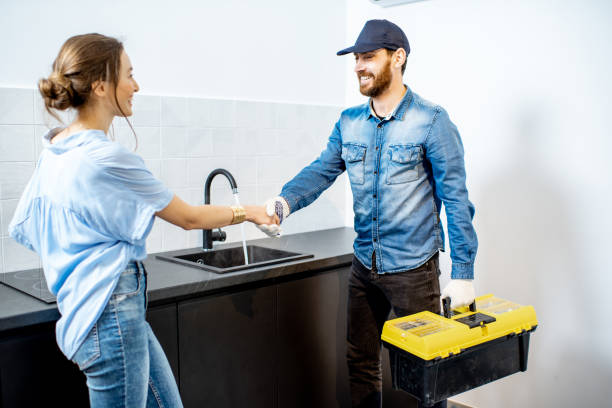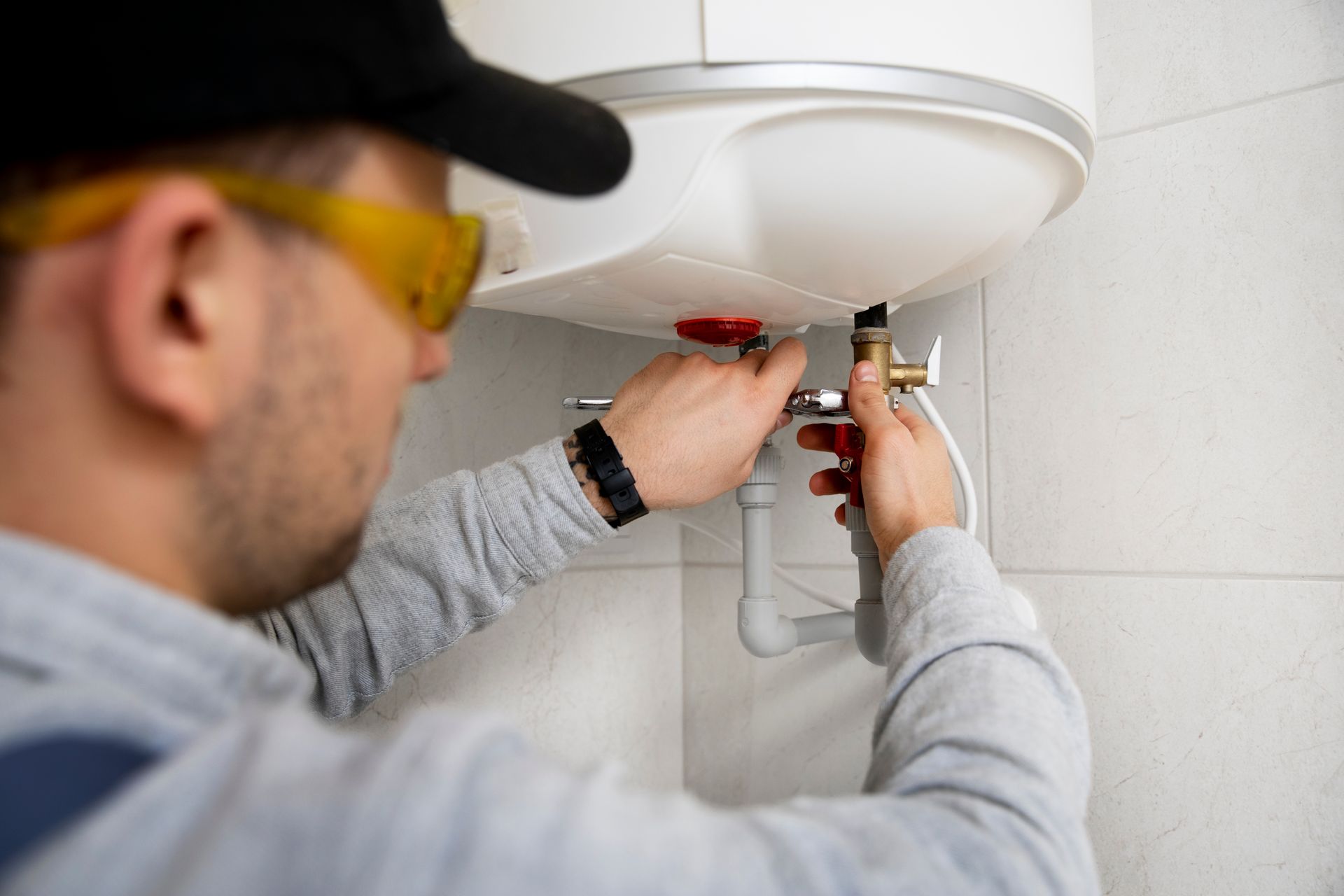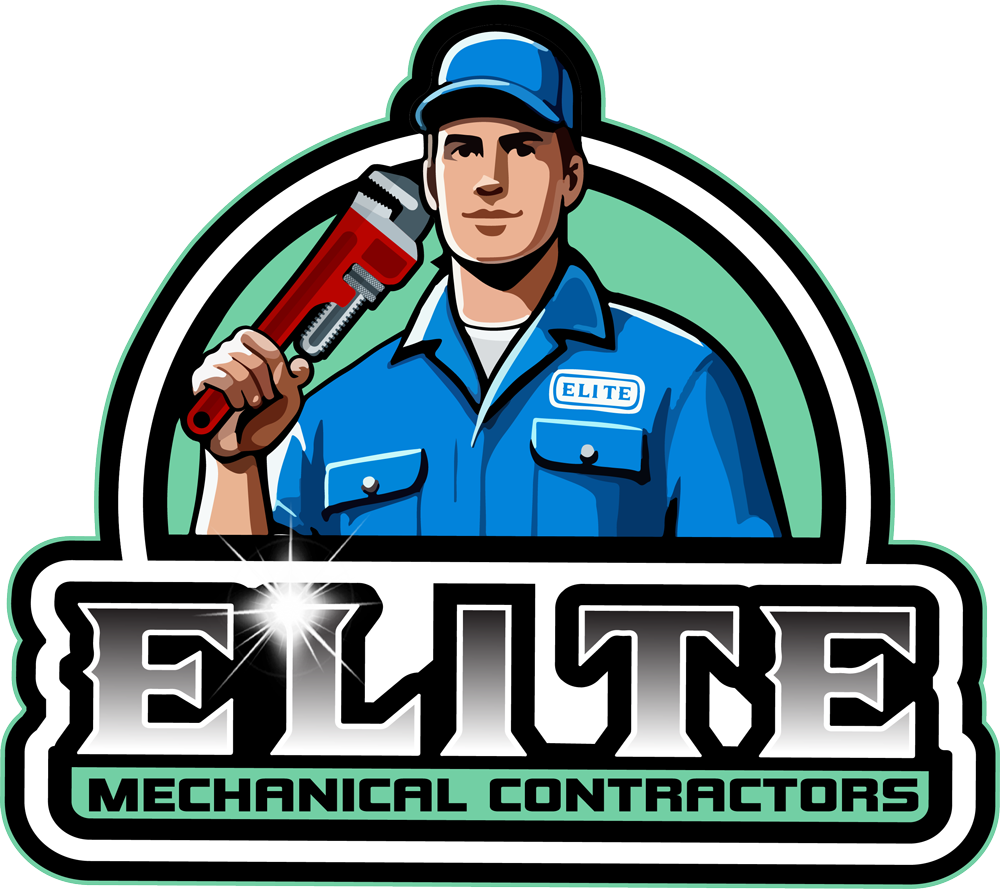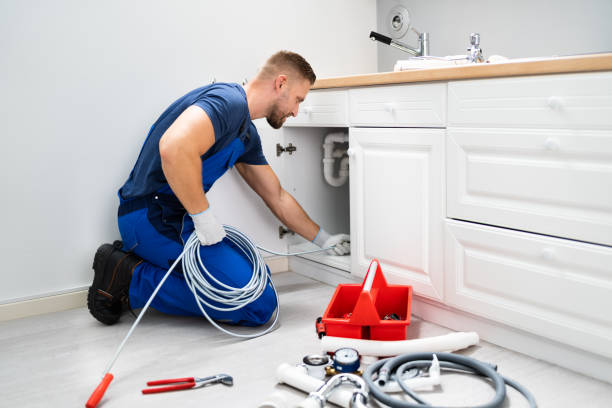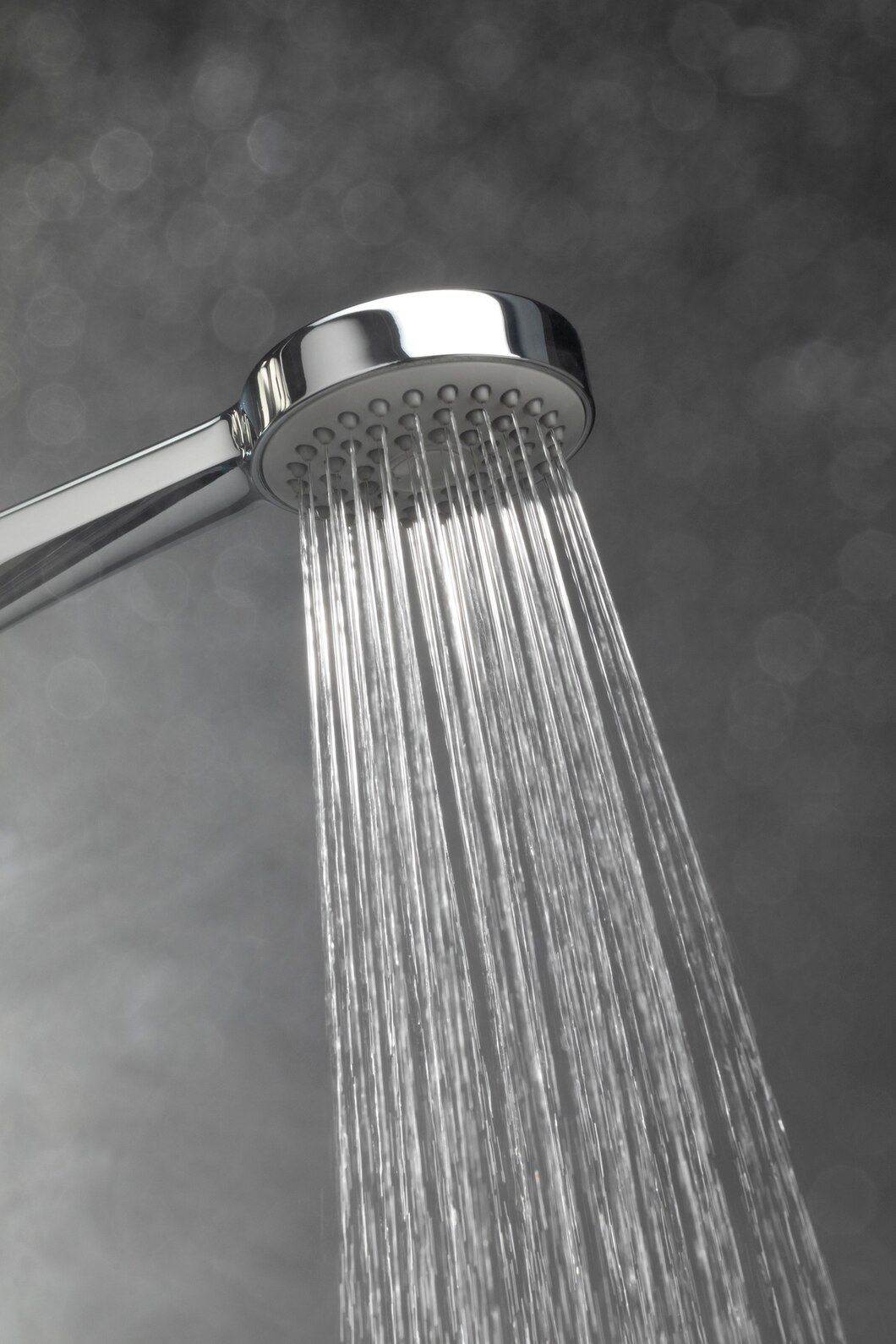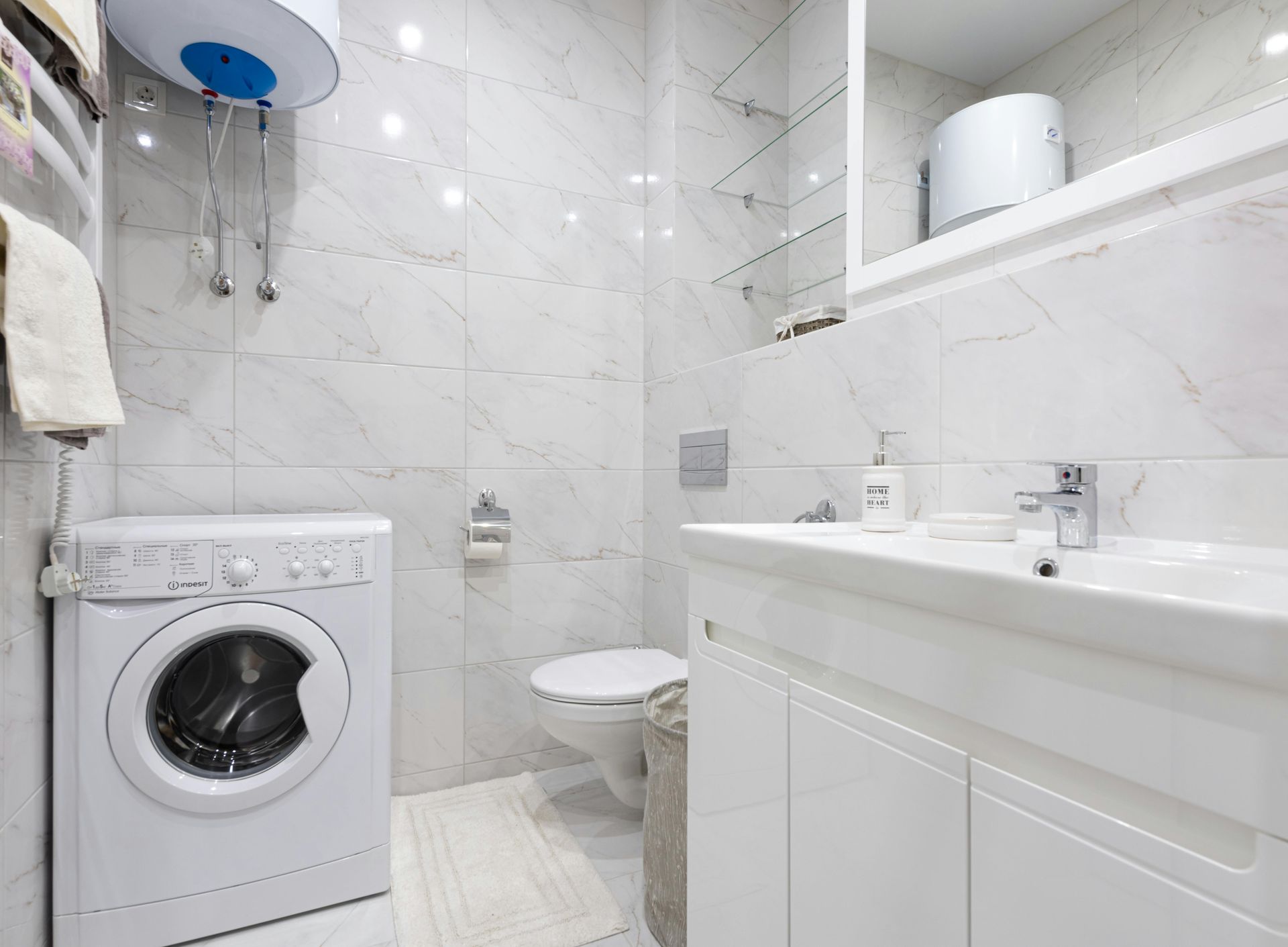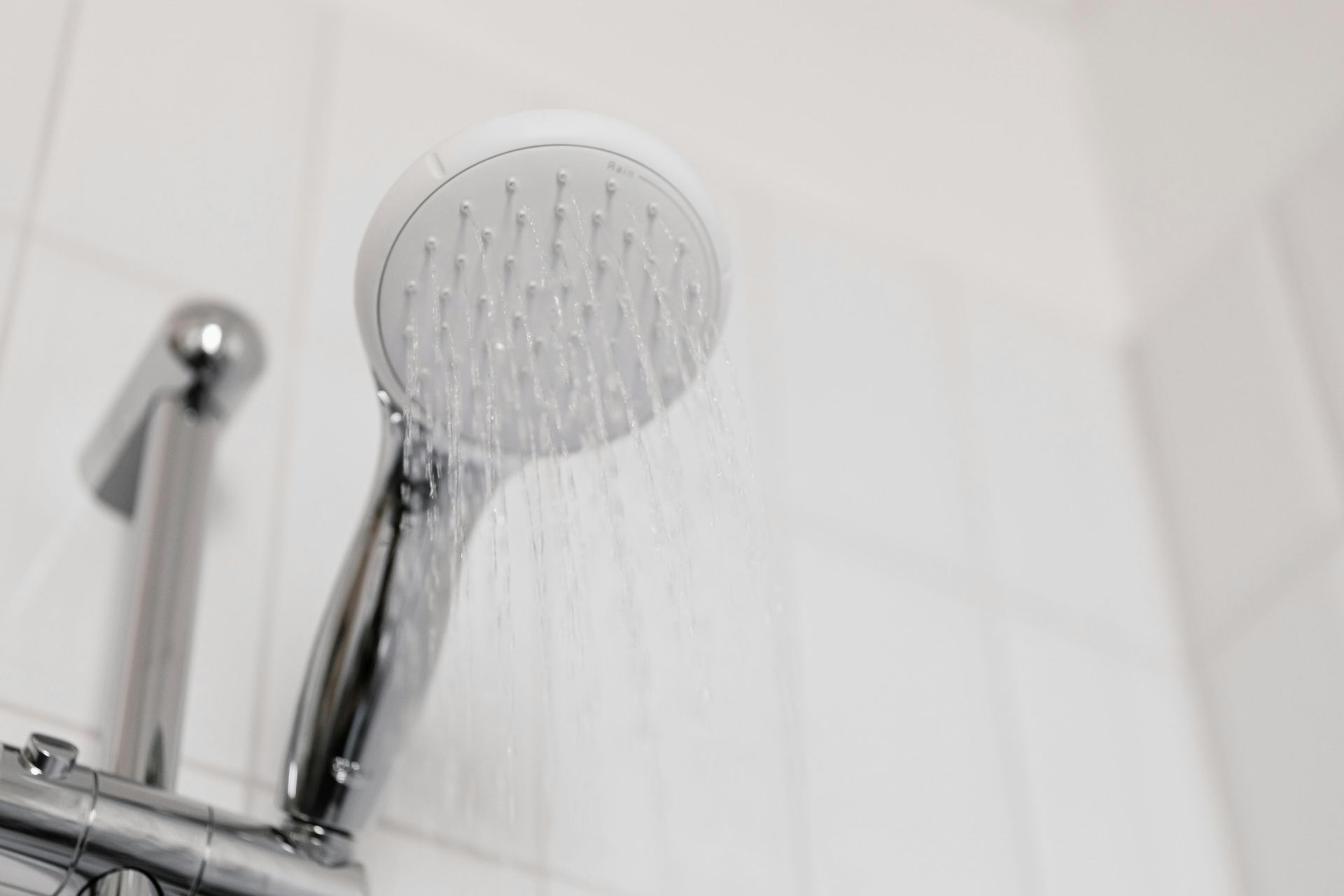Complete Guide to Unclogging a Bathtub Drain for Hartford Homeowners
Dealing with a clogged bathtub drain can be one of the most frustrating plumbing issues we encounter in our Hartford homes.
When water starts pooling around our feet during a shower or takes forever to drain after a relaxing bath, we know it's time to take action. The good news is that many bathtub drain clogs can be resolved using simple techniques and tools you likely already have at home.
Summary
- Multiple methods exist to clear bathtub drain clogs, from simple manual removal to chemical solutions and professional techniques
- Prevention strategies like regular cleaning and using drain screens can save you from future headaches and costly repairs
- Safety precautions are essential when using chemical drain cleaners or attempting DIY repairs
- Professional intervention may be necessary for persistent clogs or when dealing with older plumbing systems common in Hartford homes
Understanding Why Bathtub Drains Get Clogged
Before we dive into solutions, let's understand what causes these annoying blockages in the first place. Most bathtub drain clogs result from a combination of hair, soap scum, and mineral deposits that accumulate over time. In Hartford, our hard water can make this problem even worse by creating additional buildup in our pipes.
Hair is typically the biggest culprit we see in bathroom drains. As we wash and condition our hair, loose strands naturally fall out and can wrap around existing debris in the drain. Soap residue then acts like glue, binding everything together into a stubborn mass that restricts water flow.
The age of many Hartford homes also plays a role in drainage issues. Older plumbing systems may have pipes that have narrowed over decades due to mineral buildup, making them more susceptible to clogs. Additionally, tree roots from Hartford's mature urban canopy can sometimes infiltrate underground pipes, creating additional blockage points.
Key Takeaways
- Hair and soap scum are the primary causes of bathtub drain clogs
- Hartford's hard water contributes to mineral buildup in pipes
- Older homes face additional challenges from aging plumbing infrastructure
Manual Methods for Clearing Bathtub Drain Clogs
The first approach we recommend is always the gentlest one. Manual removal often works effectively for surface-level clogs and doesn't involve harsh chemicals that could damage your pipes or harm the environment.
Removing the Drain Cover
Start by removing the drain cover or stopper mechanism. Most bathtub drains have either a screw-in cover or a lift-and-turn stopper. For screw-in covers, turn counterclockwise to remove. Lift-and-turn stoppers require you to lift the stopper while turning it counterclockwise.
Once you have access to the drain opening, use a flashlight to inspect what you're dealing with. You'll often see hair and debris wrapped around the drain mechanism or just below the surface.
Hand Removal and Simple Tools
Put on rubber gloves and carefully pull out any visible hair or debris. We find that needle-nose pliers work excellently for grabbing stubborn clumps that are just out of reach.
Sometimes, a simple coat hanger straightened into a hook shape can help fish out deeper blockages.
For hair clogs that seem firmly stuck, try twisting the mass as you pull upward. This motion often helps break the hair free from whatever it's caught on deeper in the drain.
Key Takeaways
- Always start with manual removal before trying chemical solutions
- Proper tools like needle-nose pliers make the job much easier
- Removing the drain cover gives you better access to the blockage
Chemical Solutions and Natural Drain Cleaners
When manual methods don't completely resolve the issue, we can turn to chemical solutions. However, it's important to understand the difference between commercial drain cleaners and natural alternatives, especially considering the environmental impact and safety concerns.
Natural Drain Cleaning Methods
We strongly recommend trying natural methods before resorting to harsh commercial cleaners. The classic baking soda and vinegar combination works surprisingly well for many clogs.
Pour about half a cup of baking soda down the drain, followed by a cup of white vinegar. Cover the drain with a wet cloth or stopper to contain the reaction, wait 30 minutes, then flush with hot water.
Hot water alone can sometimes dissolve soap buildup and minor clogs. Boil a large pot of water and pour it down the drain slowly in 2-3 stages, allowing the heat to work between pours. This method is particularly effective for soap scum-related blockages common in Hartford's hard water areas.
Dish soap can also help break down greasy buildup. Squirt a generous amount of liquid dish soap down the drain, let it sit for 20-30 minutes, then flush with hot water. The soap helps lubricate and dissolve accumulated residue.
Commercial Drain Cleaners
If natural methods don't work, commercial drain cleaners can be effective, but use them carefully. Always read labels thoroughly and ensure good ventilation when using these products. Never mix different types of drain cleaners, as this can create dangerous chemical reactions.
Enzyme-based cleaners are generally safer than caustic chemical cleaners and work well on organic matter like hair and soap buildup. These products use beneficial bacteria to break down clogs naturally over time.
Key Takeaways
- Natural methods are safer and more environmentally friendly than commercial cleaners
- Baking soda and vinegar combinations work well for most minor clogs
- Always ensure proper ventilation and never mix different chemical products
Professional Techniques and When to Call for Help
Sometimes, despite our best efforts, bathtub drain clogs require professional intervention. Understanding when to call for help can save you time, money, and potential damage to your plumbing system.
Advanced DIY Methods
Before calling professionals, you can try a few more advanced techniques. A drain snake or auger can reach deeper clogs that manual removal and chemicals can't address. These tools work by either breaking up the clog or hooking onto it to pull it out.
Wet/dry vacuums can sometimes create enough suction to dislodge stubborn blockages. Set the vacuum to liquid mode, create a tight seal around the drain opening, and try to suck out the clog. This method works particularly well when combined with manual removal techniques.
Signs You Need Professional Help
Call a professional when water doesn't drain at all, even after trying multiple methods. If you notice gurgling sounds from other drains when you use the bathtub, this could indicate a main line blockage that requires professional equipment to resolve.
Recurring clogs that return quickly after clearing suggest a deeper problem in your plumbing system. This is especially common in older Hartford homes where tree roots may have infiltrated the sewer line or where pipe bellies have developed over time.
If you smell sewer gas coming from the drain or notice water backing up into other fixtures, these are signs of serious plumbing issues that need immediate professional attention.
Key Takeaways
- Drain snakes and wet/dry vacuums offer advanced DIY solutions
- Recurring clogs often indicate deeper plumbing problems
- Sewer gas odors or multi-fixture backups require immediate professional help
Prevention Strategies for Hartford Homeowners
Preventing bathtub drain clogs is much easier and less expensive than dealing with them after they form. We recommend implementing a few simple habits that can dramatically reduce your chances of experiencing drainage problems.
Regular Maintenance Routines
Install a drain screen or hair catcher in your bathtub drain. These inexpensive devices catch hair and larger debris before they can enter your plumbing system. Clean these screens weekly to maintain their effectiveness.
Perform monthly maintenance by running hot water down the drain for several minutes, followed by the baking soda and vinegar treatment we mentioned earlier. This routine helps prevent buildup before it becomes problematic.
Consider having your drains professionally cleaned annually, especially if you live in an older Hartford home. Professional cleaning can remove mineral deposits and buildup that household methods can't address effectively.
Lifestyle Adjustments
Brush your hair before showering to remove loose strands that would otherwise end up in the drain. This simple step can significantly reduce the amount of hair entering your plumbing system.
Use liquid soap instead of bar soap when possible. Bar soaps tend to leave more residue that can contribute to drain clogs, especially in Hartford's hard water conditions.
Be mindful of what goes down your drain. Avoid washing pet hair, craft materials, or other debris down the bathtub drain, even if it seems small enough to pass through.
Key Takeaways
- Drain screens are your first line of defense against clogs
- Monthly maintenance prevents small problems from becoming major issues
- Simple lifestyle changes can dramatically reduce clog frequency
Conclusion
Dealing with a clogged bathtub drain doesn't have to be a nightmare for Hartford homeowners. By understanding the causes, trying appropriate DIY methods, and knowing when to seek professional help, you can keep your bathroom drains flowing smoothly year-round.
Remember that prevention is always easier than cure. Regular maintenance, proper drain screens, and mindful habits can save you significant time and money over the life of your plumbing system.
If you've tried these methods and still face persistent drainage issues, don't hesitate to contact Elite Mechanical Plumbing and Heating at (860) 584-8844. Our experienced team understands the unique challenges of Hartford's older homes and can provide the professional solutions you need to keep your plumbing system running efficiently.
